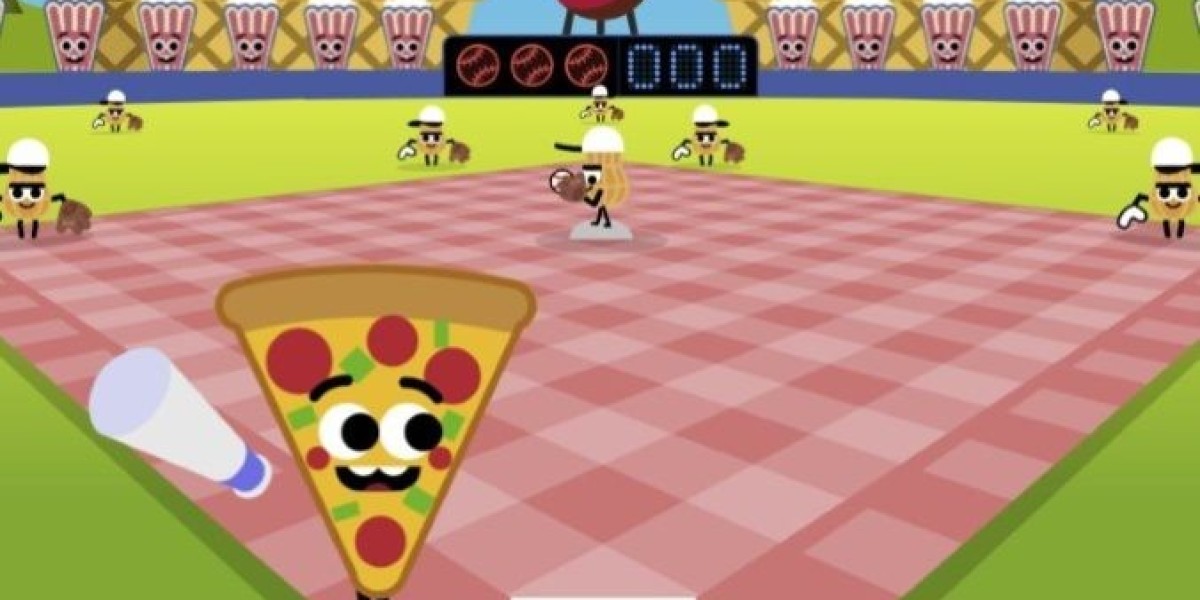Are you looking to become a Rubix Cube master? Do you want to impress your friends with your speed and skill? Mastering the Rubix Cube is a challenging but rewarding task that requires patience, practice, and the right strategies. In this article, we will explore some techniques that will help you solve the Rubix Cube like a pro.
Understanding the Rubix Cube
The Rubix Cube, also known as the Rubik's Cube, is a 3D combination puzzle invented in 1974 by Hungarian sculptor and professor of architecture Ernő Rubik. The classic Rubix Cube consists of six faces, each covered by nine stickers of one of six solid colors: white, red, blue, orange, green, and yellow. The goal of the puzzle is to twist and turn the cube's layers so that each face is a solid color.
Basic Strategies for Solving the Rubix Cube
1. The Cross
The first step in solving the Rubix Cube is to create a cross on one face. Start by solving the white cross, as it is the easiest to see. Once you have completed the white cross, move on to solving the cross on the opposite face. This strategy will help you establish a solid foundation for solving the rest of the cube.
2. F2L (First Two Layers)
After completing the cross, the next step is to solve the first two layers (F2L) of the Rubix Cube. This step involves pairing up the edge and corner pieces in the middle layer of the cube. By mastering F2L techniques, you can efficiently solve the middle layers of the cube and move on to the final layer.
3. OLL (Orientation of the Last Layer)
Once you have completed the first two layers, the next step is to orient the last layer of the Rubik's Cubes. OLL algorithms are used to position all the yellow sticker pieces on the last layer of the cube. By mastering OLL techniques, you can effectively set up the last layer for the final step.
4. PLL (Permutation of the Last Layer)
The final step in solving the Rubix Cube is to permute the last layer using PLL algorithms. These algorithms are used to rearrange the pieces on the last layer of the cube until all sides match. By mastering PLL techniques, you can quickly solve the last layer and complete the Rubix Cube.
Advanced Strategies for Speedcubing
1. CFOP Method
The CFOP (Cross, F2L, OLL, PLL) method is a popular speedcubing technique used by competitive cubers around the world. This method involves solving the cross, first two layers, orienting the last layer, and permuting the last layer in a series of efficient algorithms. By practicing the CFOP method, you can significantly improve your Rubix Cube solving speed.
2. Look-Ahead Techniques
Look-ahead techniques involve planning your next moves while executing algorithms on the Rubix Cube. By learning to anticipate the best moves and rotations, you can solve the cube more quickly and efficiently. Look-ahead techniques are essential for mastering the Rubix Cube and achieving faster solve times.
3. Finger Tricks
Finger tricks are specialized movements and rotations used to manipulate the Rubix Cube quickly and fluidly. By practicing finger tricks, you can reduce the time it takes to execute algorithms and solve the cube. Mastering finger tricks is crucial for speedcubing success.
Conclusion
Mastering the Rubix Cube is a challenging but achievable goal with the right strategies and techniques. By understanding the basics of solving the cube, practicing advanced speedcubing methods, and mastering finger tricks, you can become a Rubix Cube master in no time. So grab your cube, start practicing, and impress your friends with your newfound skills!









